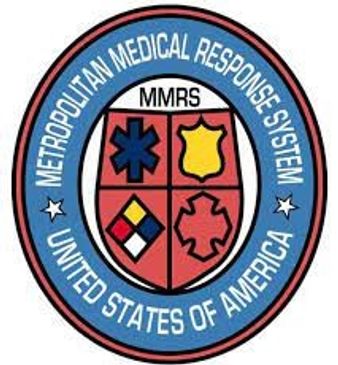MMRS NLG
Ebola Virus Disease
Mpox and Orthopox Tracking
Current mpox Cases:
There are currently 30,286 mpox cases in the U.S. and there have been 38 mpox deaths in the U.S.
There are currently 393 mpox cases in Ohio.
What steps should Fire and EMS departments take to avoid contracting the disease?
The National Emerging Special Pathogens Training and Education Center makes the following recommendations:
- Follow the “identify, isolate, and inform” strategy to reduce exposure.
- Be alert for patients who have illness and a rash consistent with mpox, regardless of the risk of exposure or travel histories.
- Be aware that mpox infection begins with flu-like symptoms and may result in lesions and rashes that are hard to distinguish from syphilis, herpes simplex virus, chancroid, varicella zoster, and more common infections.
- Be aware that people with close personal contact with mpox patients also could be at risk of infection.
- Take a combination of standard, contact, and droplet precautions in all settings when a patient presents with fever and vesicular/pustular rash.
- Personal protective equipment should be donned before entering the room or making contact with a potential patient with mpox. Minimize the number of personnel who are exposed.
- If mpox is suspected, please consult with your local health department, and notify the hospital while enroute.
Other mpox Resources:
CDC's Monkeypox Situation Summary
CDC's 2022 Outbreak Global Map
Clinical Recognition of Monkeypox
CDC's Response on Monkeypox Transmission
Methods for Controlling Monkeypox Transmission in Healthcare Settings
Monkeypox: What a Fire and EMS Chief Needs to Know
EMS Response to the Current Outbreak of Monkeypox
NETEC’s Video on Identify, Isolate, Inform Procedures
